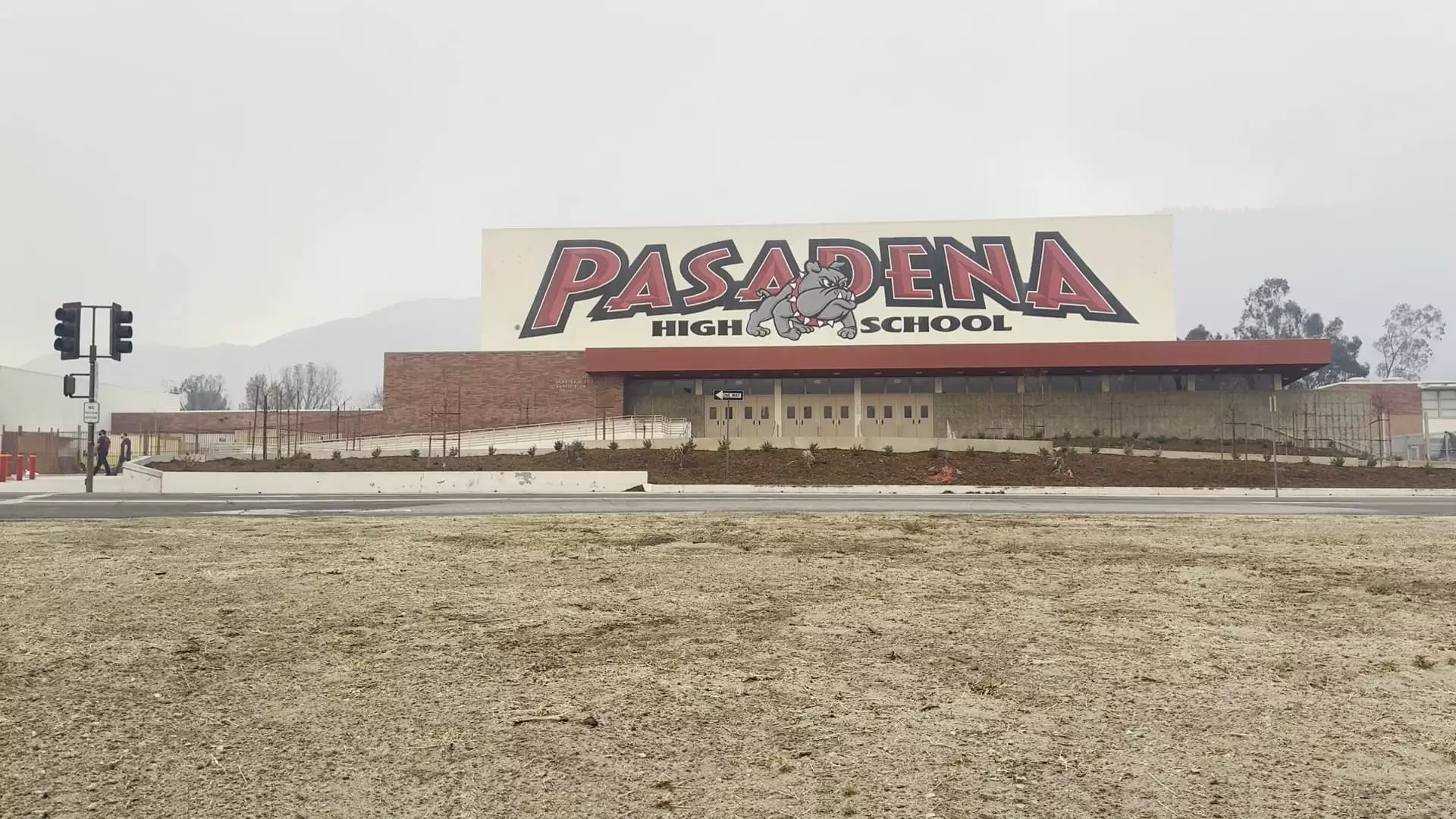As the clock ticks down to 2025, public schools across the United States are staring down an impending financial crisis that is set to reshape the very fabric of education in this country. With the expiration of the Elementary and Secondary School Emergency Relief funds, originally established to combat the educational fallout from the COVID-19 pandemic, we are bound to experience what can only be categorized as a bloodbath in educational funding. The Georgetown Edunomics Lab reports suggest that an astonishing 250,000 education jobs—accounting for $24 billion in labor—are in jeopardy. It’s a grim forecast for an already beleaguered system.
Marguerite Roza, the director of the Edunomics Lab, aptly likens this to a cautionary tale, warning school districts against the perils of financial commitments based on temporally inflated budgets. The term “bloodletting” vividly encapsulates what is likely to transpire as these federal funds taper off. The implications for both educators and students will be dire, forcing institutions to make decisions that strike at the heart of public education itself.
The Ripple Effects of Declining Enrollment
Compounding the issue is a steady decline in student enrollment that has been evident since 2020. California is experiencing a particularly dramatic drop, driven by lower birth rates and an outward migration of families from the state. This decrease directly impacts school funding, which is intricately tied to student numbers. Without these crucial dollars, districts find themselves grappling with the harsh reality of overstaffing. The surge of hires made to support learning during the pandemic—intended to bolster student engagement and emotional health—now stands as a regrettable testament to poorly planned growth.
In this context, one can liken the financial strategy of some districts to a family winning the lottery and immediately seeking a lavish lifestyle, only to find themselves in a precarious position when the money runs dry. The bitter irony lies in that many school districts, some aware and some oblivious to the impending doom, did not implement exit strategies for temporary staff. This failure to adapt could lead to shocking layoffs that would echo through the halls of education for years to come.
The Human Cost of Financial Negligence
The looming crisis has consequences that extend beyond budgets and bottom lines; it threatens the lives and livelihoods of educators and the essential services they provide. As Mike Fine, CEO of the Fiscal Crisis and Management Assistance Team, passionately articulates, the workforce comprises dedicated individuals—teachers, counselors, and support staff—who chose this career path not out of profit motive but in the spirit of service. Facing layoffs is an affront to their dedication and a tragedy that reflects systemic negligence.
How did we arrive at this precarious juncture? In part, it’s a failure of leadership and foresight, a gross underestimation of the complexities involved in educational funding. The pandemic-induced hiring spree, albeit well-intentioned, was not paired with the foresight of long-term sustainability. The fallout, once the music stops, will be devastating, and the ones who pay the price will not be those making the decisions but rather the students and educators who strive to create a better future.
The outlook is bleak, yet it serves as a clarion call for reform, accountability, and a reevaluation of how education is prioritized and funded in America. Without immediate intervention, the dream of equitable and quality education for all may become a fading echo of the past.

Leave a Reply